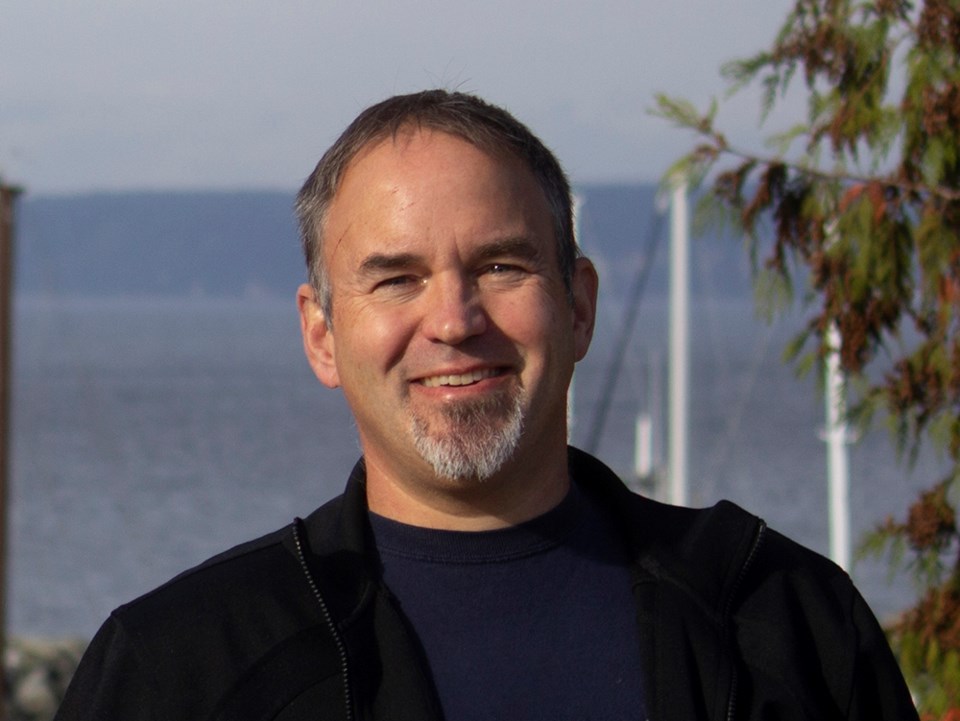Public engagement into land use in qathet Regional District (qRD) shows that with exception of Savary Island, regional district residents generally do not favour more regulation.
At the March 8 planning committee meeting, directors heard from consultant Graham Farstad, of Arlington Group Planning Inc., who highlighted public engagement exploring land use and development regulatory options with residents of electoral areas A, B and C, including Savary Island.
According to a staff report, despite a wide range of concerns, most survey respondents indicated they did not support additional regulation.
“The predominant response in all three electoral areas was that no change is needed compared to the alternatives of either more or less regulation,” the report stated. “This response was clearly expressed in the three electoral areas, with the notable exception of Savary Island.
“Savary Island residents expressed a much higher level of concern about land use and environmental issues. A clear majority indicate concern for the protection of drinking water supply and coastal areas at risk.”
Farstad said there were three in-person meetings in the electoral areas and one virtual meeting with Savary residents to gather public thought.
According to Farstad, 286 people attended the in-person meetings and 121 people signed up for the virtual meeting for Savary, with 85 actually attending.
Participants were asked if they were concerned about land use and development in their neighbourhoods, and if the regional district should do more to manage land use development in their areas.
Farstad then outlined responses to a survey conducted into land use.
“In my experience, we very rarely achieve these kinds of numbers,” said Farstad. “I don’t ever recall seeing those large numbers. It’s quite remarkable.”
In Electoral Area A, 36 per cent of the population responded to the survey. Farstad said he had rarely seen numbers over five per cent and two per cent is quite common. A total of 954 people responded to the survey.
The recommendation was that qRD engage with Savary Island residents and property owners about managing development and land use conflicts.
Electoral Area C director and planning committee chair Clay Brander said results from the engagement and survey were not startling but he thinks it’s a valuable report to have.
Electoral Area A director Patrick Brabazon said the Savary results were not a surprise.
“After 19 years of dealing with that island, I think you’ve nailed it,” said Brabazon.
Director asks how report will be used
Electoral Area B director Mark Gisborne said regarding the recommendation to guide and inform future planning initiatives in electoral areas A, B and C, he was curious about how the report would be used moving forward.
“Reading this report, the wishes of the community have been clearly expressed,” said Gisborne. “They want to protect their community’s character. It’s not just the built environment. It appears the lack of additional land use regulations is a fundamental component of the overall community character.
“I’m not opposed to regulations in general but the regulations should provide a greater community benefit and have the support of the impacted community.”
Gisborne said last month the chief administrative officer (CAO) made comments regarding the process for introducing new zoning bylaws in electoral areas.
“He indicated that the greater community is not involved in the creation of additional zoning regulations,” said Gisborne. “If a handful of properties are interested in getting a zoning bylaw, then, for example, the landowner across the road is not part of the process.”
Brander asked what the commentary had to do with the motion in front of the committee.
Gisborne said it seems that if the board accepts the report to inform future planning initiatives, that it is going to possibly change qRD policy for implementing zoning.
“This report talks about what the public wants for their whole area, as opposed to the democracy and the representation and the votes of those directly affected by the zoning,” said Gisborne. “I’m trying to figure out how we could amend our operational policy to reflect what we’ve heard from the let’s talk land use final report.”
Brander said the way he looks at it is this is information, which can be used in an infinite number of ways.
Gisborne said his concern, based on the CAO’s comments, is that the greater community is not involved in the creation of additional zoning regulations.
“I believe the burden lies with the board to bring our policies in line with the will of the community,” said Gisborne. “Bringing zoning regulations half a street at a time has upset a lot of people.”
The committee voted in favour recommending the qRD board to accept the report.



